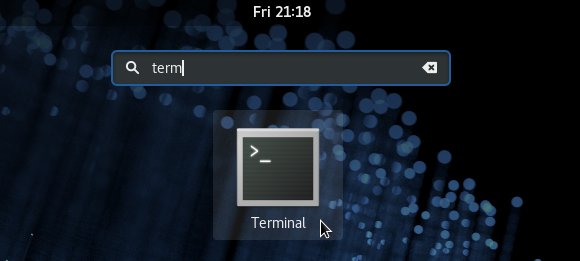PhantomJS Fedora 28 Installation Guide
How to Install PhantomJS Headless Browser on Fedora 28 GNU/Linux – Step by step Tutorial.
And PhantomJS for Fedora 28 is a Headless Web Browser Scriptable with JavaScript API.
Finally, Using QtWebKit as the Back-End, it offers Fast and Native Support for various Web Standards: DOM handling, CSS selector, JSON, Canvas, and SVG.

-
1. Launching Shell Session
Open a Terminal window
(Press “Enter” to Execute Commands)
-
2. Installing Dependencies
Then to Install PhantomJS Requirements:
sudo yum install gcc gcc-c++ make flex bison gperf ruby /nopenssl-devel freetype-devel fontconfig-devel libicu-devel sqlite-devel libpng-devel libjpeg-devel
-
3. Installing PIP
How to Install PIP on Fedora GNU/Linux
-
4. Installing Pip Packages
Again to Install PIP Packages:
sudo pip install pyopenssl pyasn1 testresources
And then also:
sudo pip install requests[security]
-
5. Downloading PhantomJS
Download PhantomJS for GNU/Linux
-
6. Installing PhantomJS
Next to Extract and Setup PhantomJS:
sudo tar -xjvf ~/downloads/phantomjs --strip-components 1 /opt/phantomjs/
-
7. Making a SymLink
(Optional) This to Run it Shorter on Shell:
sudo ln -s /opt/phantomjs/bin/phantomjs /usr/local/bin/phantomjs
-
8. PhantomJS Getting Started Guide
Getting Started with PhantomJS for Fedora 28 GNU/Linux
So Now I’m truly Happy if My Guide could Help you to Install PhantomJS on Fedora 28!